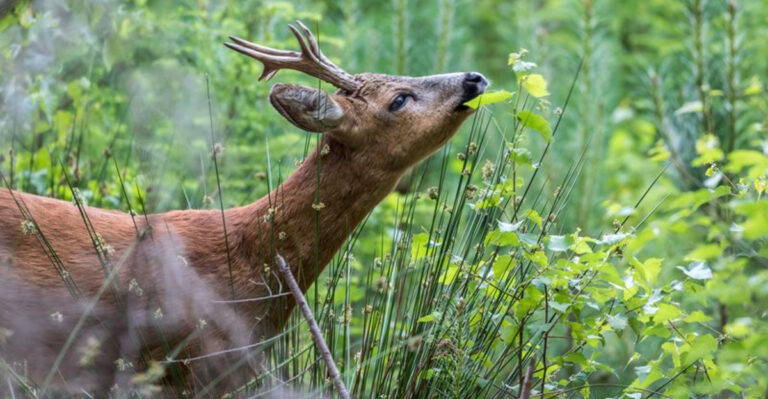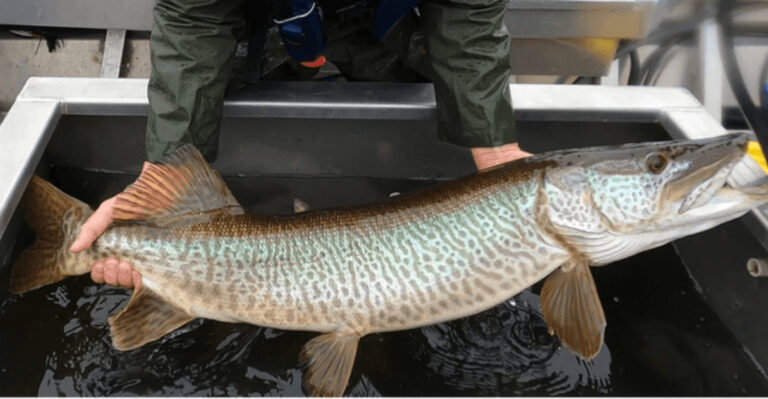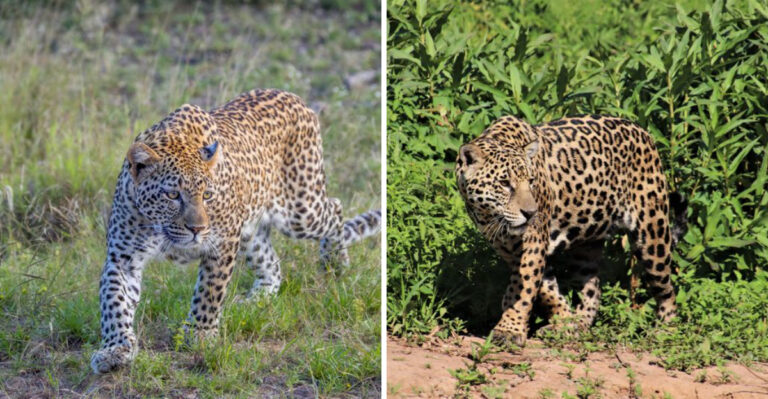11 Of The Heaviest Wolves On Earth And Why They Need Our Protection
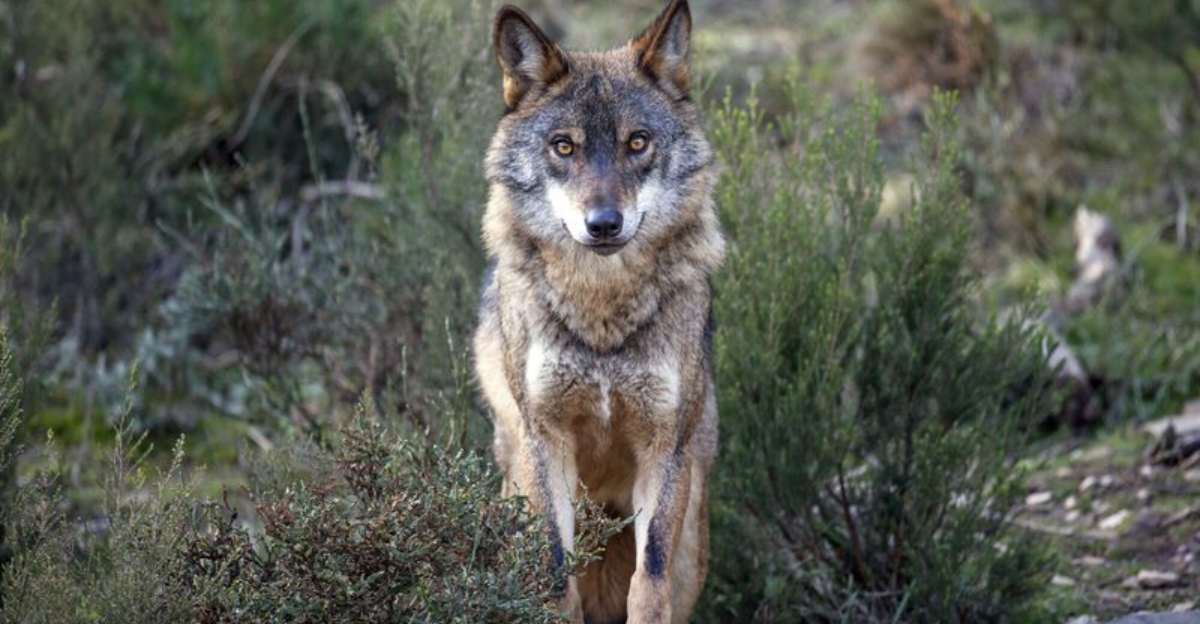
Wolves, the magnificent predators of the wilderness, have roamed our planet for millions of years. Some wolf species have evolved to become particularly massive, developing powerful bodies that help them survive in harsh environments.
These heavyweight canines face unprecedented threats from habitat loss, hunting, and climate change. Let’s explore the largest wolves on Earth and understand why preserving these magnificent creatures is crucial for maintaining healthy ecosystems.
1. Northwestern Wolf – The Forest Giant
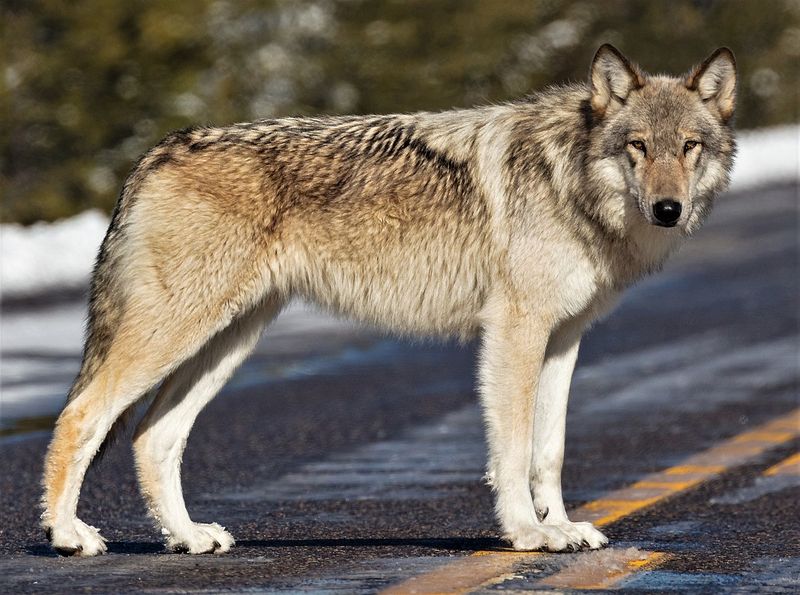
Standing tall in the forests of western Canada and Alaska, the Northwestern Wolf can tip the scales at an impressive 175 pounds. These muscular predators have adapted to hunt large prey like moose and elk in dense woodland areas.
Their thick, luxurious coats protect them from bitter winter temperatures that can plummet to -40°F. Despite their intimidating size, Northwestern Wolves are facing population declines due to habitat fragmentation and conflict with ranchers.
Conservation efforts have helped stabilize some populations, but these magnificent creatures need continued protection to thrive in their remaining wilderness strongholds.
2. British Columbian Wolf – The Coastal Titan
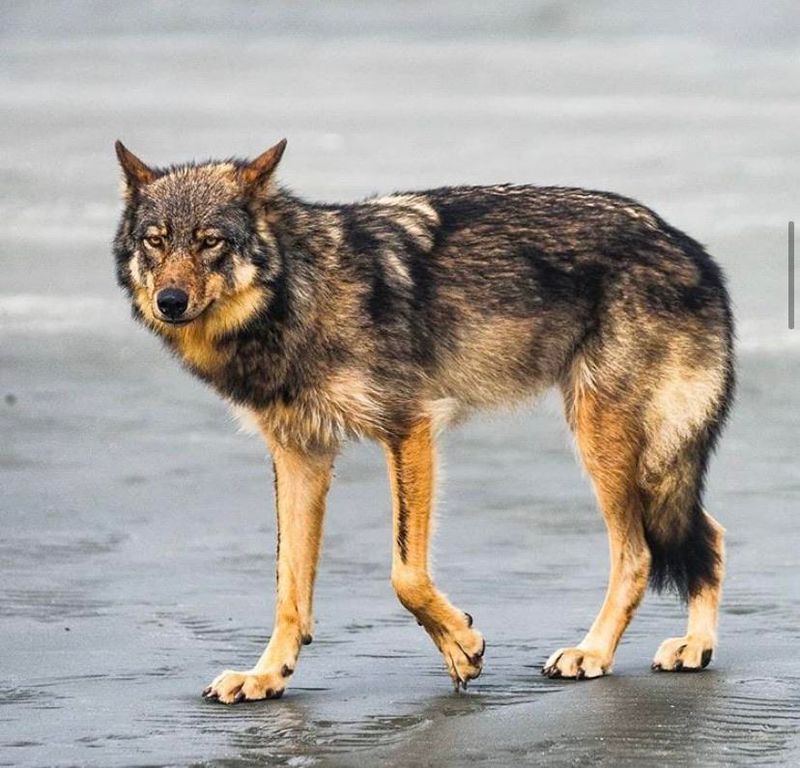
Amidst the rocky coastlines of British Columbia, the British Columbian Wolf reigns supreme. This coastal titan, with its sleek body and piercing gaze, is a marvel of adaptation.
Weighing in at up to 120 pounds, these wolves have adapted to thrive in the unique coastal environments of western Canada. Their diet is diverse, often including fish and small marine mammals, showcasing their adaptability.
However, as human activities encroach upon their habitats, these wolves face increasing challenges. Conservation efforts are vital to preserve this unique wolf population and their coastal home.
3. Canadian Timber Wolf – The Forest Guardian
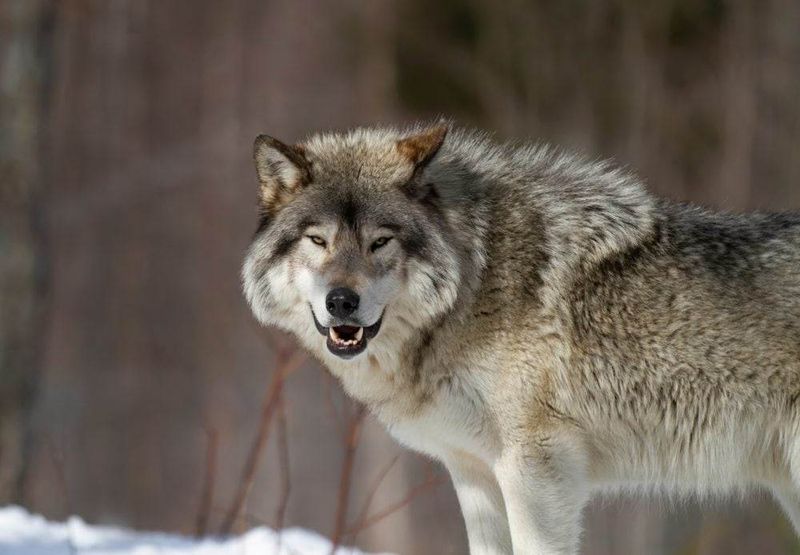
With a presence as commanding as its stature, the Canadian Timber Wolf is a true guardian of the forest. Known for its robust build and thick, luxurious coat, this wolf perfectly embodies the spirit of the wilderness.
Standing tall and proud, the Canadian Timber Wolf can weigh up to 140 pounds, making it one of the heaviest wolf species. Its striking appearance and powerful physique are matched only by its role in the ecosystem.
A critical part of maintaining ecological balance, the Canadian Timber Wolf preys on large mammals like deer and elk, ensuring healthy populations. Their need for protection arises from habitat loss and human encroachment, threatening their very existence.
4. Alaskan Interior Wolf – The Yukon Hunter
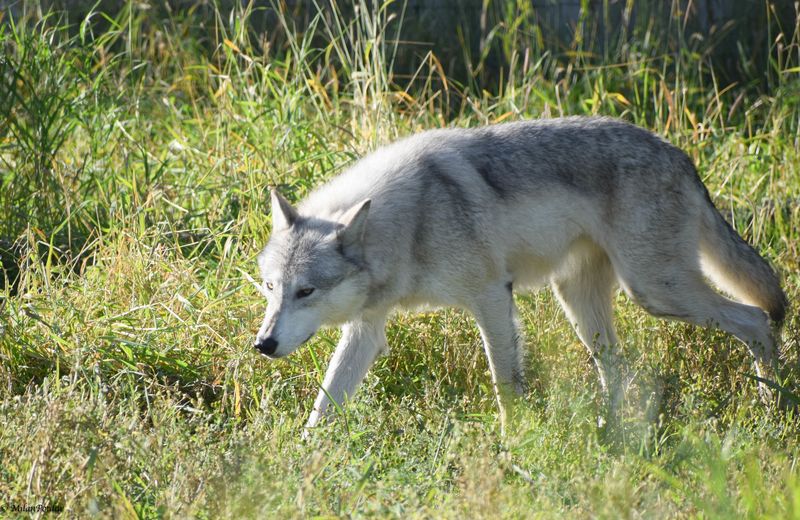
Perfectly evolved for life in the Last Frontier, the Alaskan Interior Wolf navigates some of North America’s most unforgiving wilderness. These wolves regularly exceed 120 pounds, with exceptional males reaching weights of 150 pounds – necessary bulk for surviving long, harsh winters.
Their thick double coats feature guard hairs measuring up to 6 inches long, providing insulation against temperatures that can drop below -60°F. Pack hunting allows these wolves to take down animals as large as bison and musk ox.
Climate change is rapidly altering their habitat, while increased human activity threatens the vast territories these magnificent predators require for sustainable hunting.
5. Tundra Wolf – The Siberian Survivor
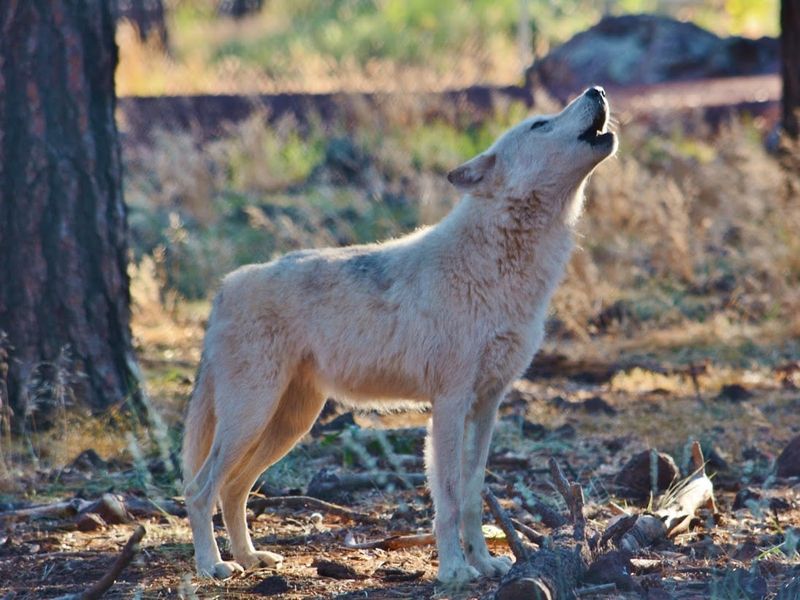
Braving the harshest environments on Earth, the Tundra Wolf has evolved into a formidable predator weighing up to 130 pounds. Their massive paws spread widely to distribute weight across snow and ice – nature’s perfect snowshoes for the Siberian wilderness.
These wolves develop exceptionally thick, multi-layered coats that appear almost white in winter, allowing them to blend perfectly with their snow-covered surroundings. Hunting in coordinated packs, they’re capable of bringing down prey many times their size.
Industrial development across their range has fragmented populations, while climate change threatens the frozen ecosystems they’ve mastered over thousands of years of evolution.
6. Great Plains Wolf – Prairie Powerhouse
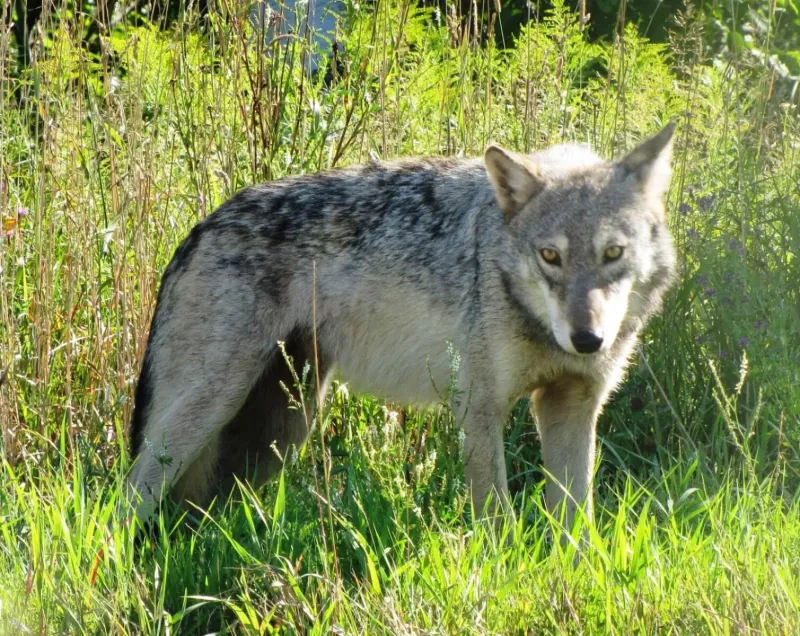
Before European settlement, massive Great Plains Wolves dominated the American heartland, weighing up to 150 pounds. These powerful predators evolved alongside bison herds, developing the strength and endurance needed to bring down North America’s largest land mammals.
Distinguished by their tawny-gray coats and exceptionally broad skulls, these wolves once maintained the ecological balance across millions of acres of grassland. Systematic extermination campaigns in the 19th and early 20th centuries drove them to near extinction.
Today, remnant populations struggle to recover amid habitat fragmentation and ongoing conflicts with agricultural interests that threaten their remaining territory.
7. Tibetan Wolf – The Mountain King
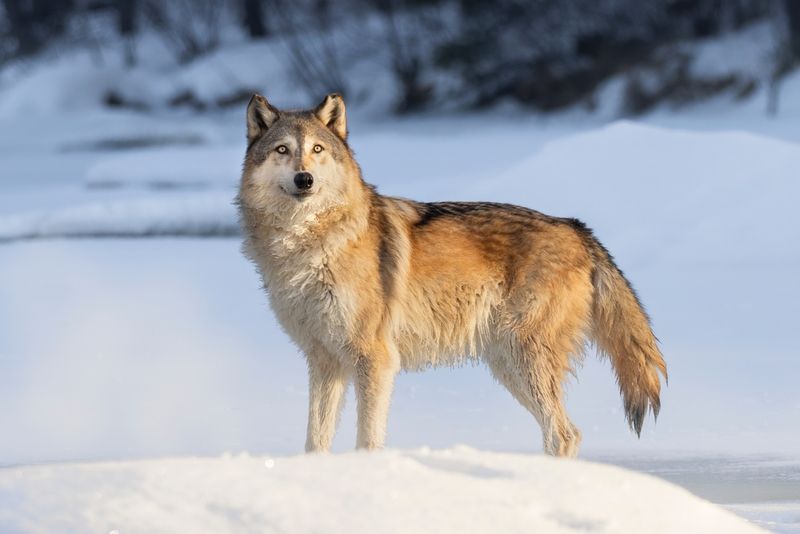
Ruling the rooftop of the world, the Tibetan Wolf has adapted to life at extreme altitudes where oxygen levels would leave most predators gasping. These wolves can weigh up to 120 pounds despite the harsh conditions of their mountainous homeland.
Their specialized cardiovascular systems allow them to hunt effectively at elevations exceeding 16,000 feet – higher than any other wolf population on Earth. Their thick, woolly undercoats protect against temperatures that fluctuate dramatically between day and night.
Expanding human settlements and livestock grazing have created conflicts with these remarkable predators, while poaching for traditional medicine threatens their already vulnerable population.
8. Eurasian Wolf – The Steppe Wanderer
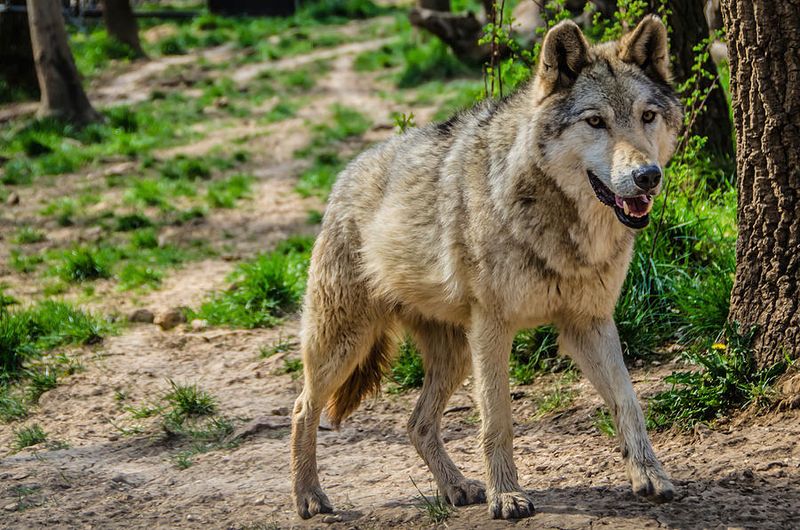
Legendary among hunters and naturalists, the Russian Wolf represents one of the largest wolf ecotypes in Eurasia, with exceptional individuals weighing up to 160 pounds. Their massive frames support hunting in the vast, open landscapes of the Russian steppes where prey can be widely scattered.
These wolves develop particularly thick winter coats with dense underfur that appears almost blue-gray in certain light. Historical records document their incredible endurance – capable of traveling over 60 miles in a single night while tracking prey.
Despite their remarkable adaptability, Russian Wolves face ongoing persecution and habitat loss as human development expands across their traditional territories.
9. Arctic Wolf – The White Ghost
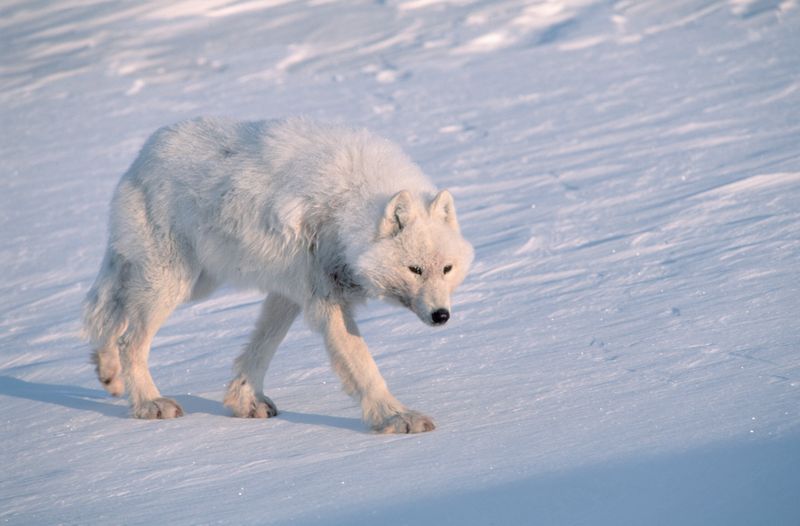
Masters of camouflage in the frozen north, Arctic Wolves can reach weights of 120 pounds despite living in one of Earth’s most challenging environments. Their compact, rounded ears and shorter muzzles are adaptations that minimize heat loss in temperatures that remain below freezing for months.
Unlike many wolf populations, Arctic Wolves never learned to fear humans due to their remote habitat, making them particularly vulnerable to hunters. Their pure white coats – perfectly evolved for blending with snow – ironically make them prized trophies.
Climate change represents their greatest threat, as warming temperatures disrupt the delicate Arctic ecosystems they depend upon for survival.
10. Iberian Wolf – The Mediterranean Survivor
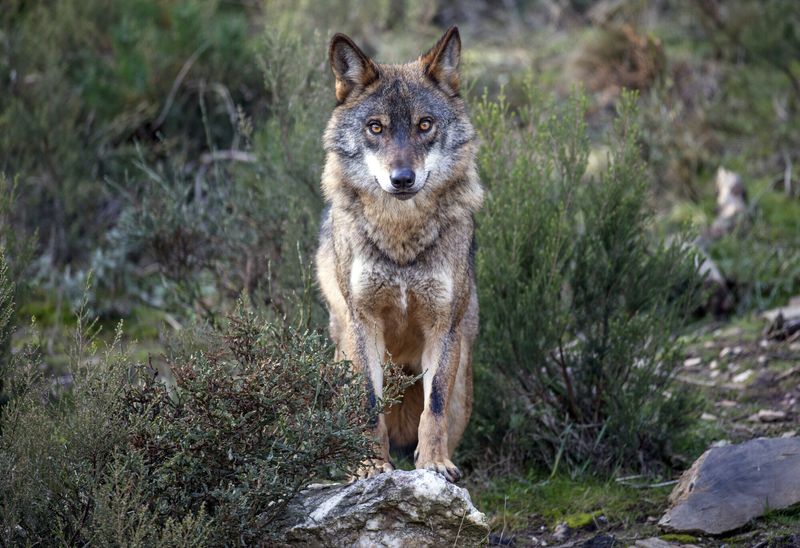
Surviving against all odds in the mountains of Spain and Portugal, the Iberian Wolf can reach weights of 120 pounds despite centuries of intense persecution. Their distinctive reddish-brown coats with black striping along their front legs help them blend perfectly with the Mediterranean scrubland.
These wolves have developed remarkable adaptability, learning to hunt silently and avoid human detection in one of Europe’s most densely populated regions. Their diet has diversified to include everything from wild boar to olives and berries when necessary.
Conservation efforts have helped their numbers rebound from fewer than 400 individuals in the 1970s to nearly 2,500 today – a rare success story in wolf protection.
11. Mexican Wolf – The Desert Wanderer
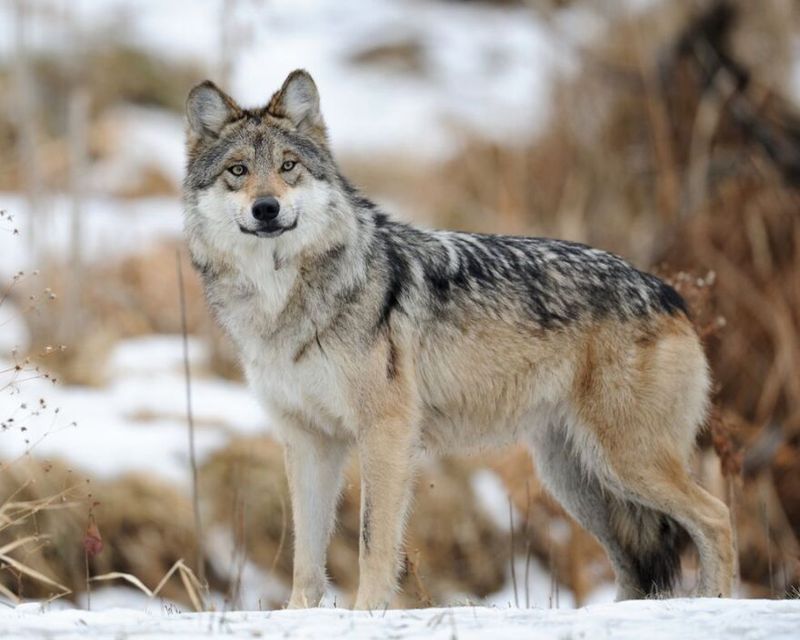
Known as the smallest of the North American wolves, the Mexican Wolf is a true desert wanderer. Its lean frame is built for the challenges of arid landscapes, where every resource is precious.
Weighing approximately 85 pounds, this wolf has a unique adaptation to survive in desert conditions. Its survival strategies are a testament to evolution’s brilliance, allowing it to thrive where few others can.
The Mexican Wolf’s existence is precarious, with habitat loss and illegal hunting posing serious threats. Conservation programs are essential to support their dwindling populations and restore balance to their ecosystems.

